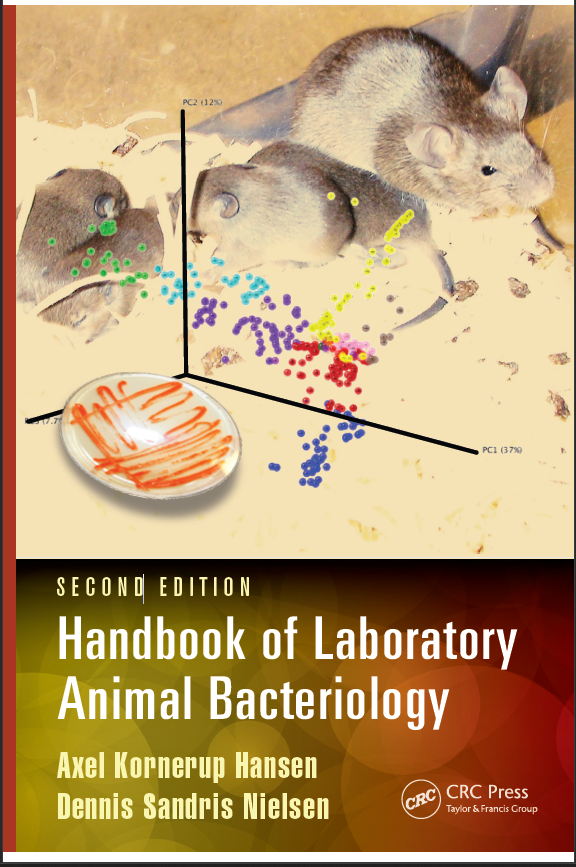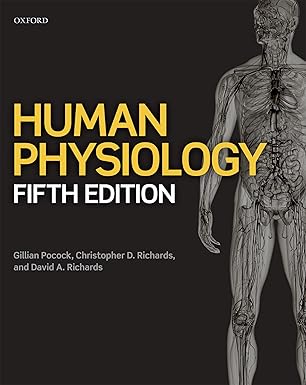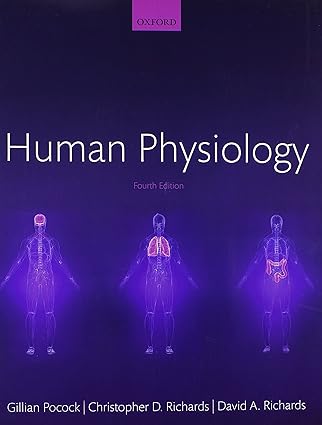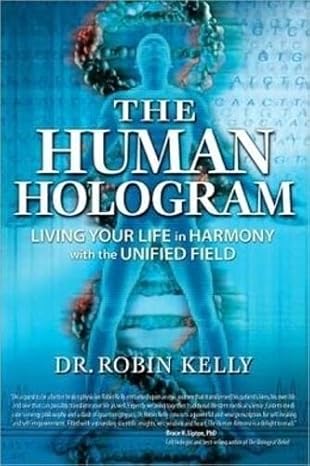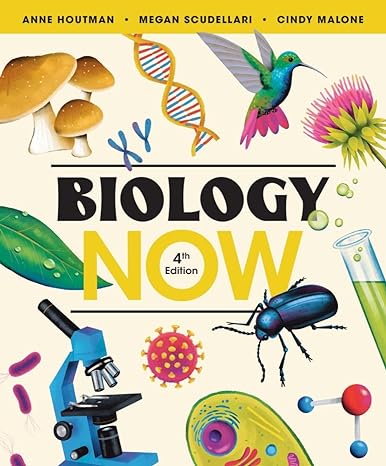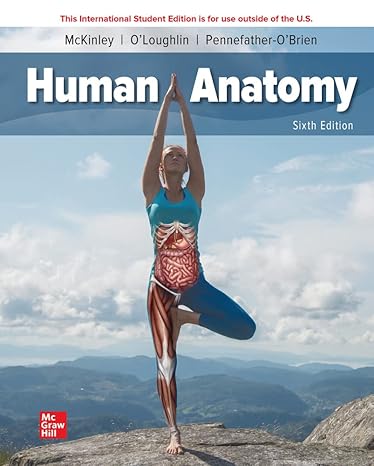This text…provides updated information on new technologies commonly used in bacteriology, including standard molecular biologic techniques. Additionally, unlike the original edition, the authors provide commentary on how bacteria affect and can interfere with research animal models. The perspective of bacteriologists about the progress and new horizons for the field of bacteriology is well-written and will likely prove interesting to laboratory animal professionals. Chapters 2-6…are also valuable reference material to laboratory animal professionals designing health programs, diagnosing clinical or subclinical disease, or investigating changes in research animal models."
―Melissa C. Dyson, DVM, MS, DACLAM, University of Michigan, in Laboratory Animal Practitioner
"Colony managers, veterinary pathologists, and veterinarians will find this comprehensive guide to the bacterial phyla found in laboratory animals useful. Beginning with an introduction to bacteriology and sampling techniques, the bulk of the book focuses on describing the most common bacteria in animals with a specific focus on the bacteria that will interfere with research protocols. Included are details on differentiating between related bacteria, rodent bacteriology reagents and safety issues. The second edition has a new focus on sequencing technique and is reorganized to reflect the most up to date identification methods."
―Ringgold, Inc. Book News, February 2015
Praise for the First Edition
"…this book provides precise methodology for the isolation and identification of bacteria that interfere with research protocols. It is logically organized, instructive, and progresses through animal sampling, bacterial culture, isolation, differentiation, and identification… . The book is a valuable guide to the bacteriological monitoring of rodent and rabbit research animal colonies… . It should be useful to laboratory animal health monitoring laborat
چکیده فارسی
این متن...اطلاعات به روز شده ای را در مورد فناوری های جدید که معمولاً در باکتری شناسی مورد استفاده قرار می گیرند، از جمله تکنیک های بیولوژیکی مولکولی استاندارد ارائه می دهد. علاوه بر این، بر خلاف نسخه اصلی، نویسندگان در مورد چگونگی تأثیر باکتری ها و تداخل با مدل های حیوانی تحقیقاتی توضیحاتی ارائه می دهند. دیدگاه باکتری شناسان در مورد پیشرفت و افق های جدید برای رشته باکتری شناسی به خوبی نوشته شده است و احتمالا برای متخصصان حیوانات آزمایشگاهی جالب خواهد بود. فصلهای 2-6… همچنین منبع ارزشمندی برای متخصصان حیوانات آزمایشگاهی است که برنامههای بهداشتی را طراحی میکنند، تشخیص بیماریهای بالینی یا تحت بالینی، یا بررسی تغییرات در مدلهای حیوانی تحقیقاتی را انجام میدهند."
―Melissa C. Dyson، DVM، MS، DACLAM، دانشگاه میشیگان، در پزشک حیوانات آزمایشگاهی
"مدیران کلنی ها، پاتولوژیست های دامپزشکی و دامپزشکان این راهنمای جامع برای فیلاهای باکتریایی موجود در حیوانات آزمایشگاهی را مفید خواهند یافت. با شروع با مقدمه ای بر باکتری شناسی و تکنیک های نمونه برداری، بخش عمده ای از کتاب بر توصیف رایج ترین باکتری ها تمرکز دارد. حیوانات با تمرکز خاص بر روی باکتریهایی که با پروتکلهای تحقیقاتی تداخل دارند. جزئیاتی در مورد تمایز بین باکتریهای مرتبط، معرفهای باکتریشناسی جوندگان و مسائل ایمنی گنجانده شده است. ویرایش دوم تمرکز جدیدی بر تکنیک توالییابی دارد و به گونهای سازماندهی شده است که بیشترین موارد را منعکس کند. روش های شناسایی تاریخ."
―Ringgold, Inc. Book News, فوریه 2015
ستایش برای چاپ اول
این کتاب روششناسی دقیقی برای جداسازی و شناسایی باکتریهایی که با پروتکلهای تحقیقاتی تداخل دارند ارائه میکند. این کتاب از نظر منطقی سازماندهی شده، آموزنده است و از طریق نمونهبرداری از حیوانات، کشت باکتریها، جداسازی، تمایز، و شناسایی پیشرفت میکند... این کتاب راهنمای ارزشمندی است. برای پایش باکتریولوژیک کلنی های حیوانی تحقیقاتی جوندگان و خرگوش ها... این باید برای آزمایشگاه پایش سلامت حیوانات آزمایشگاهی مفید باشد
ادامه ...
بستن ...
- SIN : B08L6WPHJ7
- Publisher : CRC Press; 2nd edition (November 11, 2014)
- Publication date : November 11, 2014
- Language : English
- File size : 31428 KB
- Simultaneous device usage : Up to 4 simultaneous devices, per publisher limits
- Text-to-Speech : Not enabled
- Enhanced typesetting : Not Enabled
- X-Ray : Not Enabled
- Word Wise : Not Enabled
- Sticky notes : Not Enabled
- Print length : 300 pages
ادامه ...
بستن ...
